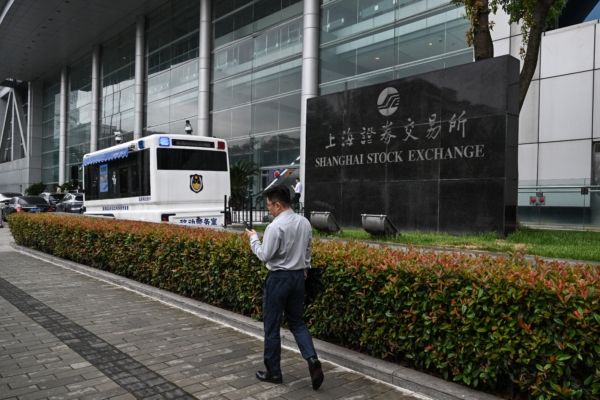On August 2, the A-share market staged a general decline, with all three major indices opening lower and closing down, accompanied by decreased trading volume. The Shanghai Composite Index fell by 0.92%, barely holding above the 2900-point mark.
At the close, the Shanghai Composite Index dropped by 0.92% to 2905.34 points; the Shenzhen Component Index fell by 1.38% to 8553.55 points; the Growth Enterprise Index dropped by 1.66% to 1638.30 points; and the ChiNext Index, tracking innovative startups, declined by 1.79% to 725.66 points.
Looking at the market performance, tech stocks saw a widespread decline, with concepts such as CPO, computing power, PCB, and storage chips leading the losses. Tiantu Communication plunged nearly 10%; brokerage firms, automobile manufacturers, and new energy sectors were generally sluggish; whereas pharmaceutical stocks showed resilience amid the overall downtrend.
Overall, individual stocks exhibited a downward trend. According to Wind statistics, there were 995 gainers and 4189 losers in the two markets and the Beijing Stock Exchange, with 169 remaining unchanged.
The Shanghai market saw a turnover of 314.918 billion yuan, a decrease of 37.7 billion yuan compared to the previous trading day’s 352.6 billion yuan. The Shenzhen market recorded a turnover of 407.442 billion yuan. The combined turnover of the two markets was 722.36 billion yuan, down by 60 billion from the previous trading day.
According to Caixin, Shen Meng, Executive Director of Xiangsong Capital, stated that the A-share market experienced a significant pullback due to the decline in the overseas markets. With expectations of monetary policy adjustments by the Federal Reserve in August and the impact of domestic policy initiatives, it is anticipated that the market will experience more pronounced volatility.
Shen Meng analyzed that the deep pullback in technology stocks today in the A-share market might affect the valuation logic of related sectors.
Zhongyuan Securities pointed out that the current average price-earnings ratio of the Shanghai Composite Index and the Growth Enterprise Index is 12.55 times and 27.73 times, respectively, which are below the median level of the past three years, indicating that market valuation still remains relatively low. It is expected that the stock index will maintain a fluctuating pattern in the future, while closely monitoring changes in policy, capital, and external factors.

